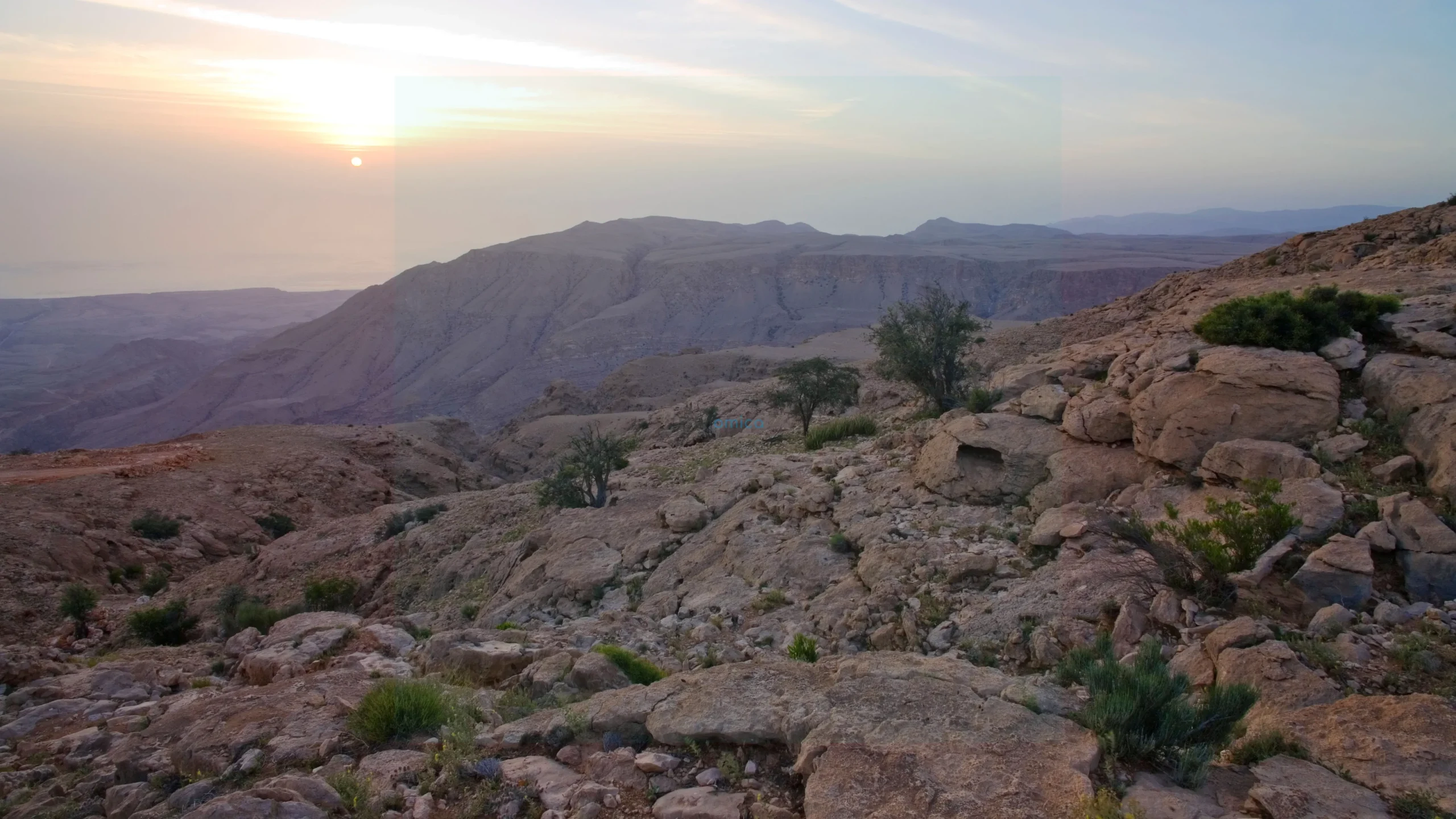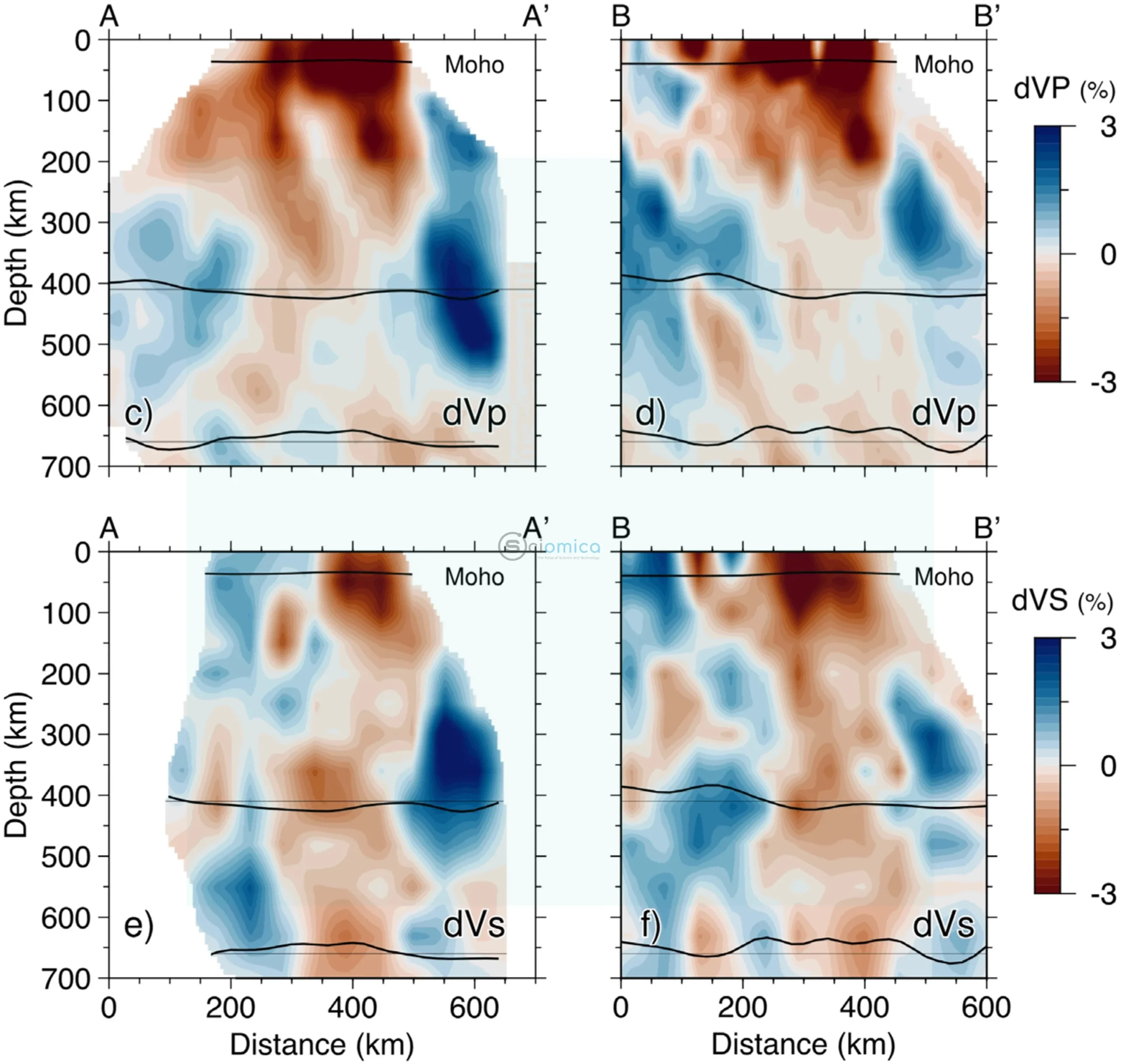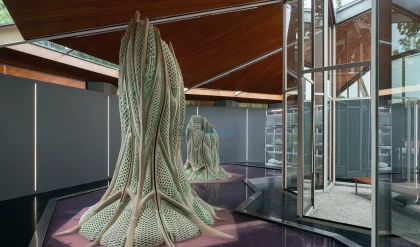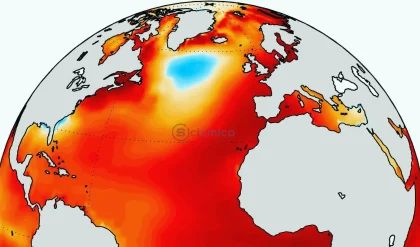
In an exciting discovery for the field of geophysics, researchers have identified a unique magma plume, dubbed “Dani,” lying hidden beneath the Salma Plateau in Oman. This ancient plume, situated deep beneath the Earth’s crust, is believed to have influenced the trajectory of the Indian tectonic plate during significant geological events that occurred between 25 million and 40 million years ago.
A magma plume is a concentration of hot, molten rock that originates from the Earth’s mantle and has the potential to rise towards the surface. However, the Dani plume is categorized as an “amagmatic ghost plume,” a term coined by the researchers who found it. Unlike typical magma plumes that fuel volcanic eruptions, this particular plume remains trapped beneath the Earth’s thick crust and the upper mantle, hindering its ability to instigate surface-level volcanic activity.

Lead researcher Simone Pilia, a geophysicist and assistant professor at King Fahd University of Petroleum and Minerals in Saudi Arabia, expounded on the nature of the plume. According to Pilia, the Salma Plateau, which rises approximately 6,600 feet (2,000 meters), is likely the result of the remnants of the plume pushing the ground upwards. However, given the geological context, this uplift appears relatively modest and suggests that while the plume might be active, it has not significantly altered the landscape in a way that typically accompanies volcanic activity.
The discovery of the plume has come about due to advancements in the analysis of seismic waves—sound waves that travel through the Earth at varying speeds based on the material they encounter. Oman’s extensive seismic data network has been instrumental in this research initiative, allowing researchers to identify and characterize this plume. Pilia expressed a personal touch in naming the plume “Dani” after his son, marking a fusion of familial pride with scientific inquiry.
This notable find challenges a long-held assumption within the geophysical community. Historically, it was believed that the lack of volcanic activity in certain continental regions indicated an absence of underlying mantle plumes. However, Pilia pointed out that “absence of evidence is not evidence of absence.” This new understanding highlights that geophysical activity can exist without manifesting in dramatic surface features.
The research suggests that the presence of ghost plumes like Dani may be more common than previously thought—potentially remaining undetected beneath substantial sections of crust, especially in areas with thick upper mantles, such as those found in Africa. Regions on the continent are known for their extensive crustal stability, which may similarly conceal other significant plumes yet to be discovered.
According to the study, which was made available on June 6, 2023, in the journal Earth and Planetary Science Letters, the timeline of the Dani plume coincides with critical tectonic shifts that marked the collision of the Indian and Eurasian plates. This monumental event prompted changes in the movement of the Indian plate, producing a slight alteration in its trajectory over the geological timescale.
Pilia explained that the sheer stress imposed by the plume was instrumental in changing the azimuth, or directional angle, of the Indian plate during this significant tectonic period. Previously, while scientists were aware that plumes can shift tectonic plates, the specific association between the Dani plume and the Indian plate’s directional changes was uncharted territory.
One remarkable aspect of tectonic dynamics is that while tectonic plates drift over time, magma plumes tend to remain stationary. Thus, the evidence of the plume’s existence can sometimes be traced through the geologic record left on moving plates. Unfortunately, in the case of the Dani plume, much of the direct evidence has been obscured due to activity from the nearby Makran subduction zone, which has effectively erased much of the plethora of geological history that once oversaw the plume.
As scientists ponder the implications of the Dani plume, they remain eager to explore the possibility of other ghost plumes concealed within the Earth’s crust. The discovery underlines how much remains to be learned about our planet’s geological processes, prompting questions about how these hidden features impact tectonic dynamics and geological formations worldwide.
With the discovery of the Dani plume, researchers advance the understanding of Earth’s complex underbelly and the forces that shape our planet over millions of years. The ongoing exploration of such phenomena is essential for unraveling the intricate story of Earth’s evolution and its tectonic framework.






